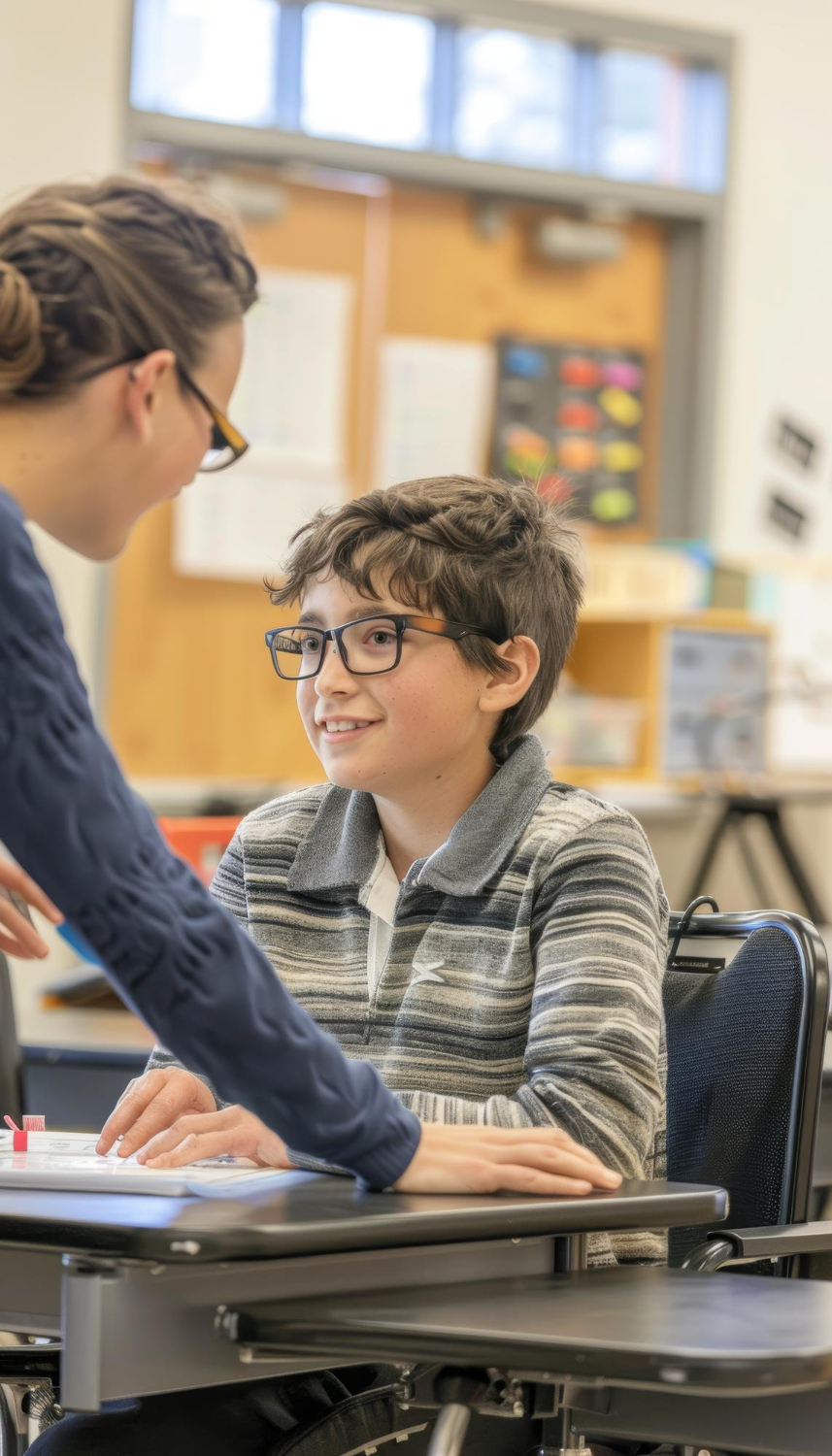Importance of a SEND School Teacher
Special Educational Needs and Disabilities (SEND) Teachers work with children who find learning harder due to their extra learning needs and/or disabilities. They are extraordinary Teachers who know that one size doesn’t fit all, and who are passionate about instilling their pupils with a desire to learn through creative and innovative teaching methods.
To become a high-performing SEND school Teacher, you will need more than just relevant qualifications and teaching experience. Your resilience to challenging pupil behaviour and the ability to make learning fun are essential.







